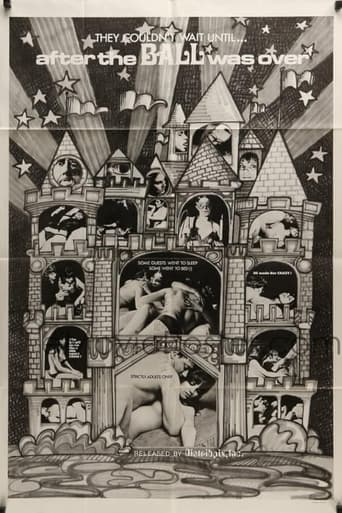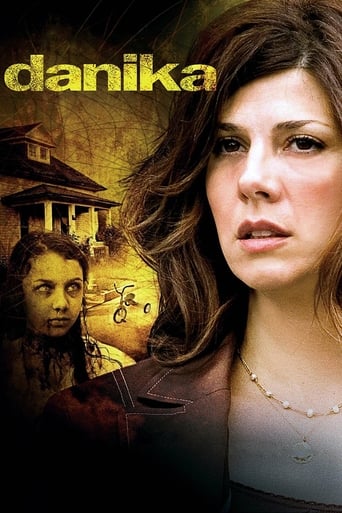
Asylum (1972)
A young psychiatrist applies for a job at a mental asylum, and must pass a test by interviewing four patients. He must figure out which of the patients, is in fact, the doctor that he would be replacing if hired.
- Roy Ward Baker
- Robert Bloch
- Robert Bloch
Rating: 6/10 by 167 users
Alternative Title:
House of Crazies - US
El asilo del terror - ES
Refugio Macabro - ES
Психбольница - RU
The Asylum - US
Asylum - Irrgarten des Schreckens - DE
Irrgarten des Schreckens - DE
Country:
United Kingdom
Language:
English
Runtime: 01 hour 28 minutes
Budget: $0
Revenue: $0
Plot Keyword: asylum, insane asylum, anthology, psychiatrist, mental asylum
One of the better anthology films from England's other house of horror, Amicus. The framing story that leads into the final story with Herbert Lom and a really creepy (if a bit slow) robot doll is crazy and the basic idea I think holds up for a series. The other stories are a mixed bag. The first one is quite grisly, but it's unclear how the narrator knows all the details she tells. The second scores points for featuring Peter Cushing and a really bizarre story, but the ending is a bit confused. The penultimate story is unique only for it's casting, the idea of seeing Britt Ekland as Charlotte Rampling's murderous alter-ego seems like it should be reversed. Some of the music is overdone to the point of absurdity, cue the robot Herbert Lom slowing making his way to a dumbwaiter accompanied by a bombastic score that makes every inch it travels like a knife in the ear.
Creaky, funny and rather unsettling. The house of Amicus productions brings to us a horror anthology directed by Roy Ward Baker and written by "Psycho" scribe Robert Bloch. The four stories center around Robert Powell's job seeking Dr. Martin. Whom upon arriving at the classy, yet foreboding looking Asylum (New Lodge, Winkfield, Berkshire, England), is required to interview the four patients up on the top floor so as to prove his credentials for the position. As with all anthology horror pictures, the stories vary in quality, but what is consistent though is that the atmosphere and mystery element to it all never flags. Atmosphere that is somewhat boosted by Douglas Gamley's impacting construction of Modest Mussorgsky's music. 'Frozen Fear' sees a murdered wife come back to reek revenge on her husband and his lover. Not a bad trick since she was dismembered!. 'The Weird Taylor' has Peter Cushing as a grieving father who will do anything to bring his deceased son back to life. 'Lucy Comes to Stay' features Charlotte Rampling and Britt Eckland in a murderous spin on the "imaginary friend" angle. 'Manikins of Horror' is the last story which stars Herbert Lom as a maker of little robotic dolls that have worryingly realistic faces. All of which leads us to the finale where we get a nice and rewarding twist. It's a good production is this, the direction and writing is fluid and there are some genuinely creepy and unsettling moments. Perhaps not one to rush out for if you want to be scared on Halloween, but certainly a picture that achieves a high level of genre entertainment. 7/10
Robert Powell (never the strongest character actor) is a young psychiatrist tricked into interviewing four patients in an asylum in order to get a job. Each have a fairly fantastic tale to recount that might explain their current predicament - or, maybe - just maybe, their recollections are true!? My favourite of the four stories features Peter Cushing as a tailor tasked with making a suit from a particularly pliable material, but the others are interesting too with their fair share of voodoo, nasty dolls and some good old family enmity. The narrative is structured well, with each story engagingly self-contained within the asylum environment. Keep an eye out for Charlotte Rampling, and an ear on the rather effective Douglas Gamley score that does much of the heavy lifting required to compensate for some pretty ropey dialogue at times. Made in 1972, I wonder if it might have been more effective had it been a few years earlier, with the additional atmospheric benefits of monochrome?



































